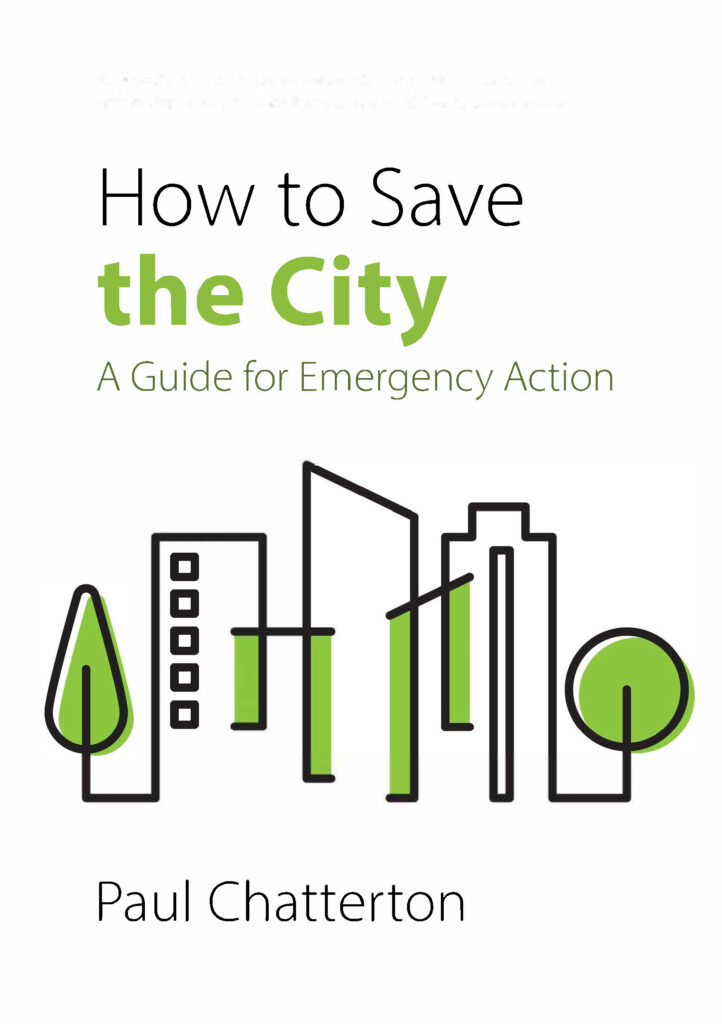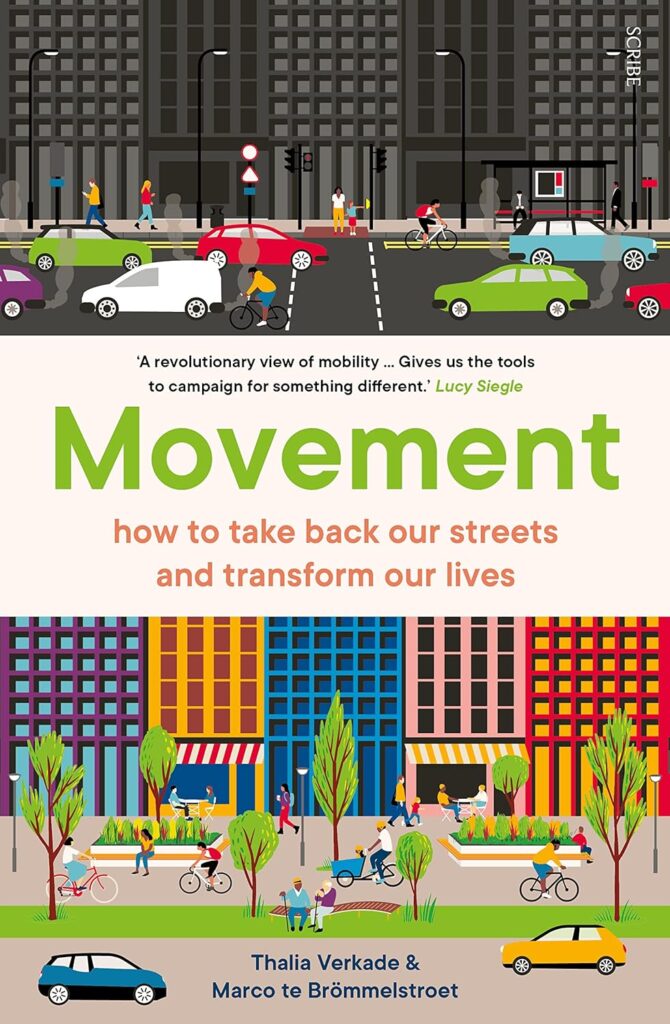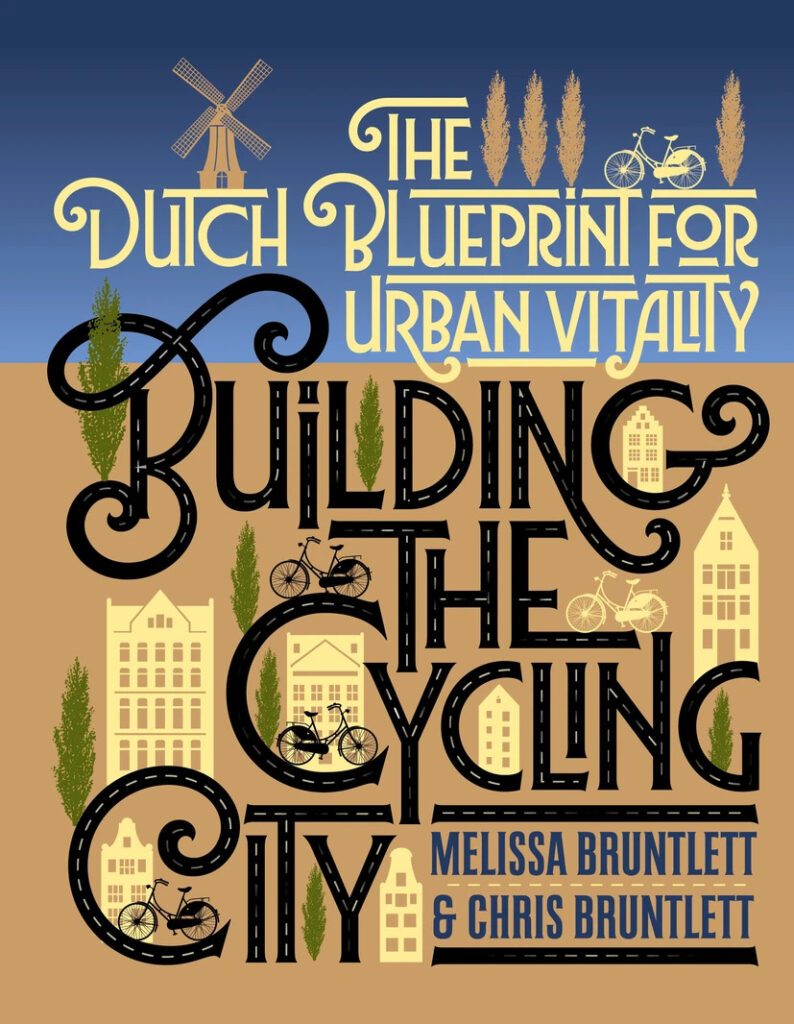Give a man a fish and feed him for a day. Teach a man to fish and feed him for a lifetime. Teach a man to cycle and he will realize fishing is stupid and boring.
Desmond Tutu

What is it about?
How do we capture the interdisciplinary nature of bicycle studies? What areas does the body of research on bicycles include? How can we get a transdisciplinary understanding of this simple but complex phenomenon intertwined with technology, literature, sociology, economics, anthropology, planning? Routledge Companion to Cycling is a comprehensive overview of cycling research that revolves around these kinds of questions. Throughout the chapters, it has been clearly illustrated that the bicycle is one of the most advantageous creations ever made, while also delivering a comprehensive comprehension of the rapidly developing realm of cycle studies.
The Routledge Companion to Cycling offers a thorough examination of a cultural symbol that has consistently reflected significant social, economic, and environmental developments in society. It consolidates the expanding research on bicycles, exploring their historical and current applications, technological advancements, geographical variations, artistic expressions, and literary portrayals. For decades, the bike has inspired a diverse body of literature spanning various disciplines across numerous countries globally. This book provides an overview of state-of-the-art
cycling studies from an interdisciplinary perspective.
Bicycles, the seemingly simple two-wheeled tools that have become a ubiquitous presence in our lives, are far from being easily defined. They defy a universal understanding, their essence shaped by the perspective one adopts and the context in which they exist. Depending on their position in space and time, culture and politics, bicycles can take on multifaceted identities and serve a multitude of purposes. In this ever-changing world, where the bicycle holds such a diverse range of meanings, it is worth delving deeper into its complexities and exploring the fascinating web of interpretations surrounding it. Recognition of this versatility is the main focus of this handbook, and all chapters try to explain it at the intersection of different disciplines. As Norcliffe notes in the introduction:
There is no universal understanding of a bicycle. Its function is contingent upon the perspective adopted, and its position in space and time, culture and politics, so it may be understood in many ways. It has been described as having various attributes, some dualistic: it has been a tool for peaceful conviviality and an instrument of war, terrorism and torture; a workhorse and a source of relaxation and pleasure; a sophisticated technology and mobility simplified; the key to velomobility and a cause of traffic congestion; an agent for development and a platform for labor exploitation; a definer of both safe and unsafe places; and an instrument promoting racial, class and gender harmony, but sometimes confrontation. It has also served as an expression of culture and identity; a symbol with its own semiotics; an inspiration for creativity; an investment; democracy on wheels; a training engine; a piece of environmental detritus; a valued player in the Anthropocene; a garden ornament; and a quirk of history.
(p. 1)
To explore the wide range of interdisciplinary aspects of the bicycle as a versatile artefact, this book showcases 48 chapters and 13 vignettes authored by leading cycling researchers from a wide range of disciplines. It is divided into 8 sections:
In the introduction, after outlining some of the developments that have brought cycling to the forefront of academic interest, Norcliffe, as one of the editors addresses and then attempts to respond to some ten negative opinions about cycling. He summarises some common fallacies and responds to some negative opinions about cycling. As an academic researcher or cycling activist, it is very important to address common views about cycling in our context and try to respond to them in order to strengthen cycling and its potential and transformative power to make our cities more sustainable, liveable, and inclusive.
Cycling is simple, yet connects many problems and challenges of contemporary cities. It is intertwined with urban life in all its richness and complexity.
Urban Cycling Institute
The first part of the book focuses on the relationship between society and the bicycle. It presents the bicycle not only as a collection of materials such as metal, rubber, and plastic but also as a tool for creating and consolidating social bonds. The chapters in this part, highlight how the social aspects of cycling heavily rely on the individual user, their social connections, and the wider societal trends. Throughout this examination, the main topics explored in conjunction with cycling are gender, socialization, intersectionality, justice, sustainability, and disability.
Part II highlights the dual nature of the bicycle as both a product of society and a rapidly evolving technological invention throughout different periods of history. This section delves into a comprehensive examination of the different types of bicycles, their frames, and the diverse technological components that have characterized their development over time.
Part III focuses on the bicycle trade as its central theme. In this section, the different chapter authors delve into the thriving global bicycle industry and the interconnectedness among makers, sellers, and consumers. They also explore the diverse sales strategies employed in this industry, examining both the broader and more granular aspects within the global North and South.
The fourth section, titled “Urban Cycling,” focuses on various aspects of policy, planning, and urban design related to this area. It explores the infrastructures, policies, and envisioned environments for cycling, examining different instances in diverse urban settings. The principles of cycling infrastructure, Urban cycling policy from a political perspective, critical perspective on making space for cycling, Shared micromobility programs, Safety and risk concerns, and e-bikes as an important development in urban cycling are the main topics of this part.
Part V, six chapters and two vignettes delves into the interconnected themes of sport, health, and lifestyles. There are numerous positive effects on health that are linked to cycling. Within this section, a myriad of experiences from diverse cycling competitions are explored, alongside paramount concerns pertaining to health, injuries, sports recovery, and the troubling issue of doping in cycling.
Part VI looks at the relationship between cycling and places from a cultural and anthropological perspective, seeking to understand cycling as a place-based and socially-embedded activity that has different characteristics in different contexts, drawing on case studies from North America, Latin America, Europe, Africa, South Asia and East Asia. Bicycles and the practices associated with cycling are always contextualised by the specificities of place, infrastructure, community and time.
The transition from the study of the machines themselves to the visual culture of their riders is the core concept of part VII. The part that first deals with the bicycle as an emblem of modernity in the second half of the nineteenth century and then examines it as a machine aesthetic in the interwar period. The relationship between the bicycle and visual art (posters, photographs, films, etc.) is considered in several chapters.
Section VIII serves the purpose of exploring the representation of bicycles in literature. By portraying the bicycle as a book, this segment embarks on a profound expedition. Covering the entire span from its inception to modern times, this portion endeavours to provide a comprehensive outlook on the numerous literary masterpieces influenced by the bicycle, while also considering texts about it within a broader social and cultural backdrop.
What approach does it take?
The Routledge Companion to Cycling takes an interdisciplinary perspective to understand cycling from different angles within the booming field of cycling studies. Different aspects of cycling are explored in eight parts, allowing for a comprehensive and multi-faceted exploration of cycling, making the book a comprehensive journey through the world of cycling.
Who might be interested in this book?
The book is an extensive and indispensable guide for enthusiasts, professionals, activists, and researchers from various disciplines passionate about all things cycling. It offers a comprehensive exploration of the numerous facets that make up the body of cycling research today.
Further details
- Academic disciplines: Transdisciplinary perspective to cycling.
- Geographical scope: –
- Relation to cycling: Bicyele and cycling are central to the book.
- Reference (APA): Norcliffe, G., Brogan, U., Cox, P., Gao, B., Hadland, T., Hanlon, S., Jones, T., Oddy, N., & Vivanco, L. (Eds.). (2022). Routledge Companion to Cycling (1st ed.). Routledge.an interdisciplinar



